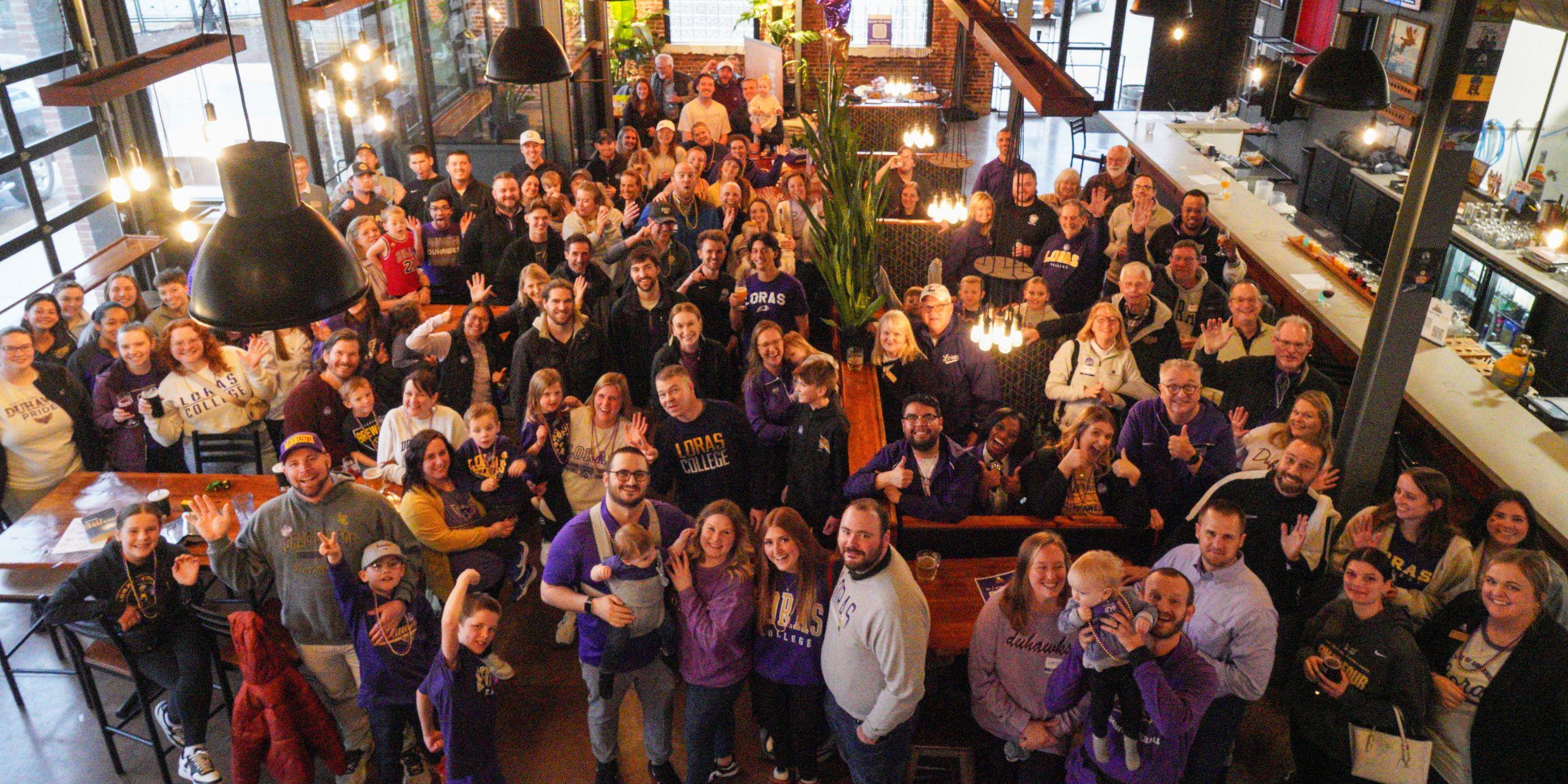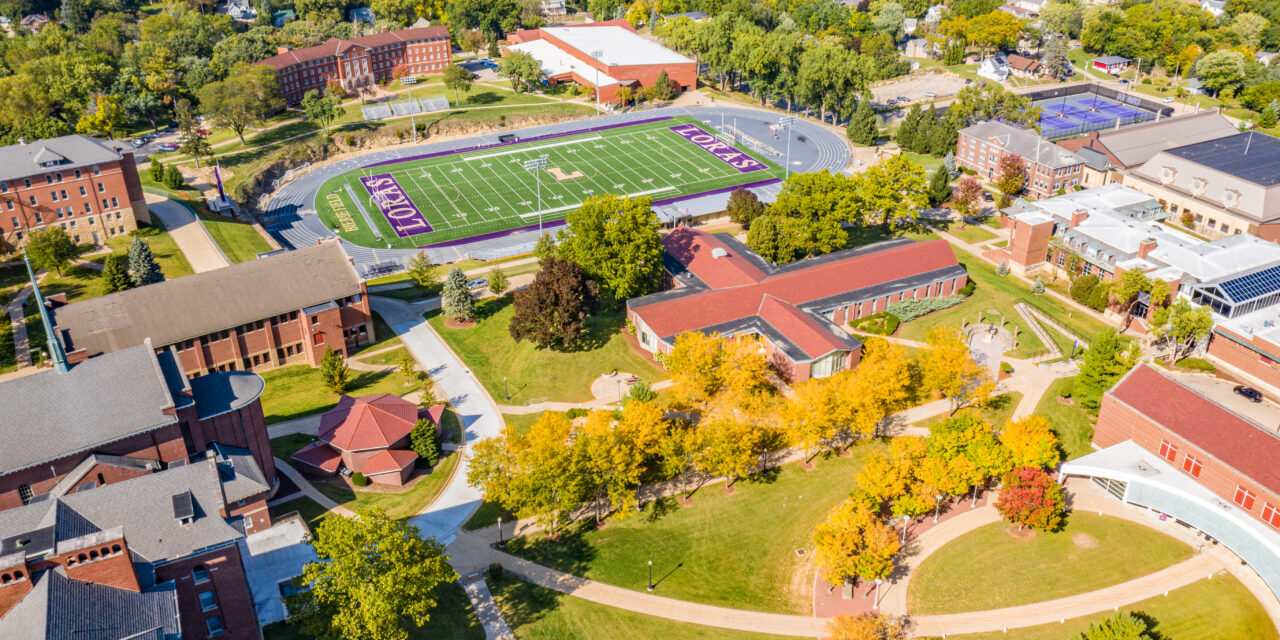Having spent over a decade analyzing global football structures, I've always found the American soccer league system particularly fascinating—and frankly, more complex than most people realize. When European colleagues ask me to explain how it all works, I often start by saying, "But they won't be coming alone," referring to the constant influx of new teams, investors, and competitions that make this ecosystem so dynamic. Unlike the rigid pyramid systems found in England or Germany, the United States has crafted something uniquely its own—a hybrid model that blends closed-league security with open-system aspirations, creating what I consider one of the most innovative football landscapes in the world today.
Let me walk you through how this actually works on the ground. At the very top, we have Major League Soccer, the undisputed heavyweight with 29 teams as of the 2024 season and plans to hit 30 by 2025. What many international observers miss is that MLS isn't just a league—it's a single-entity structure where the league owns all teams and player contracts, a system that's prevented the financial collapses we've seen elsewhere but does limit traditional promotion opportunities. Now, here's where it gets interesting: beneath MLS exists what I call the "aspirational pyramid," where leagues like the USL Championship, MLS Next Pro, and NISA operate with varying degrees of connection to the top tier. I've personally visited clubs across these divisions, from Sacramento Republic's stunning sellout crowds to Chattanooga Red Wolves' community-focused approach, and each club carries this palpable sense that they're building toward something greater, even without guaranteed promotion.
The development pathway deserves special attention because it's where American soccer truly diverges from global norms. We're talking about a system where youth development happens through MLS academies, USL academy networks, and the increasingly influential collegiate soccer route—all operating simultaneously. Having advised several youth clubs on strategic planning, I've seen firsthand how the absence of unified standards creates both challenges and opportunities. For instance, MLS academies now produce roughly 70% of domestic MLS players, up from just 30% a decade ago, showing remarkable progress despite the structural complexities. The college soccer pipeline, while sometimes criticized for its different competitive calendar, still contributes about 20% of professional players and provides crucial educational safety nets that European systems often lack.
What truly excites me about the current moment is the emergence of what I've dubbed "crossover competitions"—tournaments like the Lamar Hunt U.S. Open Cup that create temporary promotion-like scenarios. I'll never forget attending the 2022 Open Cup final between Orlando City and Sacramento Republic, where a second-division club came within minutes of defeating an MLS opponent and earning a CONCACAF Champions League spot. These moments create the magic that makes American soccer special, offering glimpses of an open system while maintaining the financial stability that has eluded so many other leagues. The recent introduction of MLS Next Pro as a third division with 27 teams further complicates but also enriches this landscape, creating more professional opportunities while raising legitimate questions about competition integrity and market saturation.
Looking toward the future, I'm optimistic about the organic growth I'm witnessing, though I'll admit to some concerns about the lack of unified vision. The federation's decision to sanction multiple competing leagues at the same division level—something almost unheard of in global football—creates confusion but also fosters innovation. We're seeing USL clubs now developing their own stadiums and academies at an impressive rate, with their championship division expanding to 15 teams for the 2024 season and aiming for 20 by 2026. Meanwhile, the continued influx of international investors suggests the global football community recognizes what's happening here—they're not just coming to observe American soccer, but to participate in its evolution.
After years of studying this system, what strikes me most is how it reflects broader American values: entrepreneurial spirit, regional diversity, and pragmatic compromise. While purists might criticize the absence of traditional promotion and relegation, I've come to appreciate how this structure has allowed professional soccer to take root in markets that previous attempts failed to penetrate. The steady growth in attendance—with MLS averaging 22,000 fans per game and USL Championship around 6,000—suggests something is working, even if it doesn't fit European molds. As more stakeholders enter this space, each bringing their own perspectives and resources, the American soccer landscape continues to evolve in fascinating directions, creating a system that's not just copying global models but inventing its own path forward.




